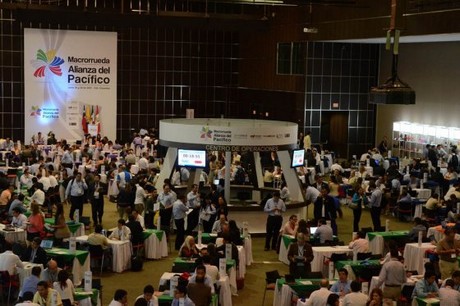 iness Matchmaking event, which was held in mid 2013 in Cali, the governments that make up the Pacific Alliance (Peru, Chile, Mexico and Colombia) decided to reunite the entrepreneurs from these Latin American nations with those who come from South Korea, Japan and China. The aim is that the block, which represents 47% of Latin America's trade, expands its presence in Asia and strengthens intraregional trade.
iness Matchmaking event, which was held in mid 2013 in Cali, the governments that make up the Pacific Alliance (Peru, Chile, Mexico and Colombia) decided to reunite the entrepreneurs from these Latin American nations with those who come from South Korea, Japan and China. The aim is that the block, which represents 47% of Latin America's trade, expands its presence in Asia and strengthens intraregional trade.According to Proexport, starting today, nearly 500 companies from the Alliance and 250 Asian buyers will meet in Puerto Vallarta (Mexico). For now, government estimates suggest that business will be higher than in Cali last year (approximately U.S. $ 91 million, after 3,800 meetings amongst entrepreneurs).
Maria Claudia Lacouture, president of Proexport, explained that, in two days, the four exporting counties would hold "over 3,000 business meetings with buyers taken by promotion agencies. We seek to strengthen trade not only within the region but also to explore new opportunities with China, Korea and Japan."
Three weeks ago, entrepreneurs from Peru, Chile, Mexico and Colombia were the protagonists of two major agricultural food fairs in Asia (Sial China and Seoul Food). In them, they presented a catalogue of the exportable offer of the four Latin American countries to the businessmen from China and South Korea. The objective of this catalogue was to promote the entrance of Chilean grapes, Colombian exotic fruits, Mexican avocado and Peruvian grains and quinoa to these markets.
"I think that the Pacific Alliance is currently more of an expectation than a reality. The countries that make it up only account for 4% of the world's global trade. The most dynamic Eastern countries in Asian are deeply integrated," said Saul Pineda Hoyos, director of the Centre for Competitive Thinking Strategies University of Rosario.





